How the Detroit Symphony Live-streamed Its Way to Success
By John Fleming
June 2, 2015
![]() The only major American orchestra to stream its concerts regularly is reaping major benefits
The only major American orchestra to stream its concerts regularly is reaping major benefits
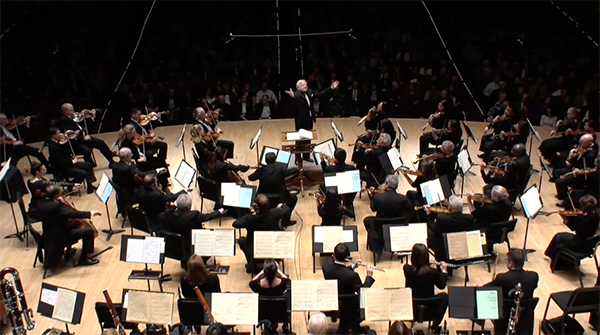 Four years ago, when the Detroit Symphony Orchestra emerged from a bruising musicians’ strike, it aimed to become “the most accessible orchestra on the planet” with measures that included the inauguration of a series of free live webcasts. Anxious traditionalists feared that being able to see and hear concerts at the touch of an app would hurt attendance at Orchestra Hall. But the opposite has happened. “Pre-strike attendance was about 50 percent of capacity,” CEO Anne Parsons says. “Now we have more than 90 percent of the hall sold on a regular basis.
Four years ago, when the Detroit Symphony Orchestra emerged from a bruising musicians’ strike, it aimed to become “the most accessible orchestra on the planet” with measures that included the inauguration of a series of free live webcasts. Anxious traditionalists feared that being able to see and hear concerts at the touch of an app would hurt attendance at Orchestra Hall. But the opposite has happened. “Pre-strike attendance was about 50 percent of capacity,” CEO Anne Parsons says. “Now we have more than 90 percent of the hall sold on a regular basis.
Live-concert streaming as appetizer for the Real Thing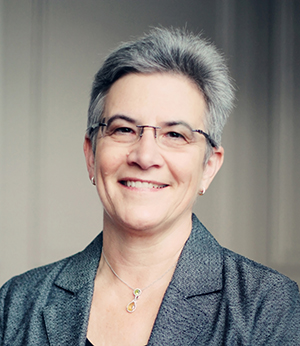 Although live streaming—of 24 DSO classical programs in the 2014-15 season—is just one of many changes made after the six-month strike, Parsons is convinced that it is a strong component of the turnaround. “Ticket sales, donations, all the trends are up,” she says. “I think the digital world makes us hungrier for the real world. The digital strategy has been very important in communicating the health of our organization, which is important to people making decisions to attend and to invest.”
Although live streaming—of 24 DSO classical programs in the 2014-15 season—is just one of many changes made after the six-month strike, Parsons is convinced that it is a strong component of the turnaround. “Ticket sales, donations, all the trends are up,” she says. “I think the digital world makes us hungrier for the real world. The digital strategy has been very important in communicating the health of our organization, which is important to people making decisions to attend and to invest.”
The webcasts, which have a varied schedule among Friday and Sunday matinees and Saturday night performances, draw from 3,000 to 5,000 viewers. Webcasts of a Tchaikovsky festival in February had up to 8,000 viewers for a pair of weekend concerts.
From the backyard to the continent
About 70 percent of the webcast audience is in the United States—and 41 percent of that share is in Michigan. In a recent survey, Michigan viewers indicated that the free webcasts made them more likely to attend a concert; 66 percent had attended the DSO in person in the past year, and 40 percent attended three or more concerts.
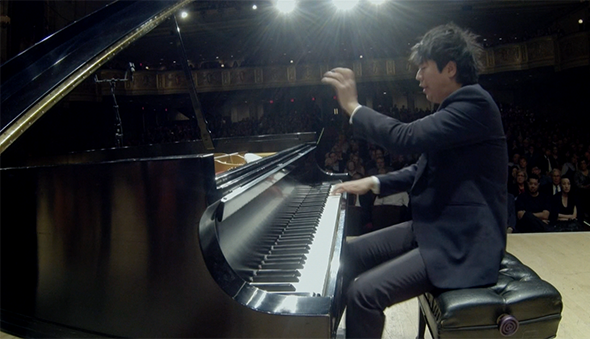 The overseas audience is significant, especially for matinee webcasts seen during prime time in Europe. “When we have a star like Lang Lang who has his own digital strategy around his career, the rise in viewership can be enormous,” Parsons says. In September 2013, pianist Lang Lang was the soloist for the DSO’s season-opening concert, and it had 30,000 online viewers, the most for any webcast.
The overseas audience is significant, especially for matinee webcasts seen during prime time in Europe. “When we have a star like Lang Lang who has his own digital strategy around his career, the rise in viewership can be enormous,” Parsons says. In September 2013, pianist Lang Lang was the soloist for the DSO’s season-opening concert, and it had 30,000 online viewers, the most for any webcast.
Viewers trade commentary on Twitter during webcasts. One cool exchange was with Charlie White, the ice dancer from Detroit who, with partner Meryl Davis, won a gold medal in the 2014 Winter Olympics for their performance to Scheherazade. “We live tweeted to Charlie White that our Scheherazade program was about to begin, he watched and retweeted, and now he’s a huge fan of the DSO online and always shares our posts,” says Eric Woodhams, director of digital initiatives.
Live streaming is more prevalent in Europe—the Berlin Philharmonic Digital Concert Hall is the gold standard in the field [see The Digital Concert H all: A Virtual Venue, Literally]—but so far the DSO is the only U.S. orchestra with regularly scheduled live webcasts. “I am a bit mystified that more orchestras haven’t decided that it would be helpful for them to try this,” Parsons says. “They could do it if they wanted to. But for now we’re alone out there, pioneering.”
Partners in success
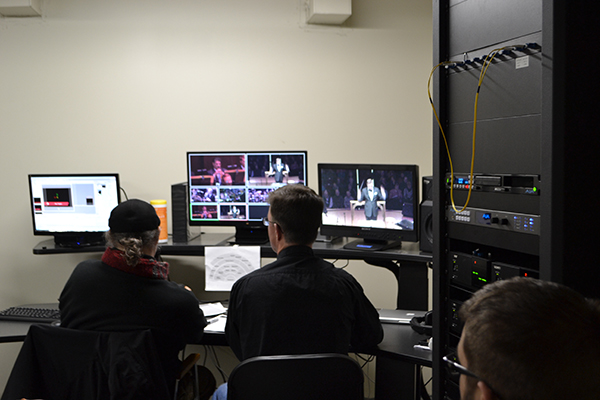 An obstacle is the startup cost of information technology, equipment, and staff for webcasts, and the DSO has an important partner in Detroit Public Television, which helps with production. The orchestra also has deep-pocketed donors in the Ford Motor Company Fund and the John S. and James L. Knight Foundation.
An obstacle is the startup cost of information technology, equipment, and staff for webcasts, and the DSO has an important partner in Detroit Public Television, which helps with production. The orchestra also has deep-pocketed donors in the Ford Motor Company Fund and the John S. and James L. Knight Foundation.
The DSO musicians are central to the success of the digital strategy. To settle the strike in 2011 they agreed to a contract free of hobbling extra payments for the webcasts. The contract includes an electronic media guarantee, or EMG, that is considered part of overall pay and was not in previous agreements. The EMG remained in place when musicians ratified a subsequent contract. Under its
terms, minimum weekly scale this season (36 work weeks plus four weeks paid vacation) is $1,902 plus a media payment of $211 for a total of $2,113 a week.
Guest conductors and soloists have not asked for royalties for webcasts. “The key is that it’s free and online,” General Manager Eric Ronmark says. “It’s possible that would change for an encore webcast. But as long as it’s free and live, I think people understand it’s to everybody’s benefit to have it out there.”
Robots in the hall, humans in the control room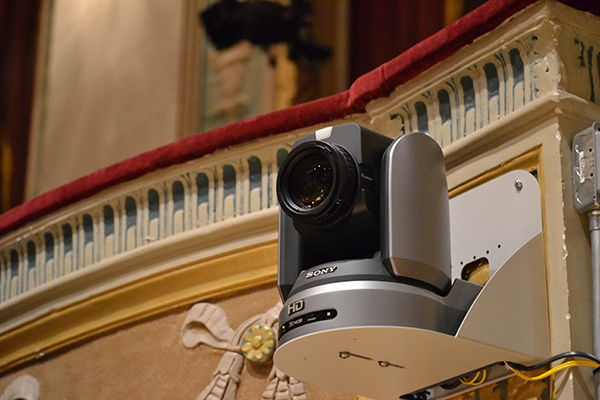 Aesthetically, the DSO webcasts took a quantum leap in January 2014 when robotic cameras were installed in Orchestra Hall. “Previously, we had camera operators on stage and out in the hall,” Woodhams says. “Now with the robotic cameras it is much less of a distraction for both our audience and our musicians. The webcasts are now more of a seamless experience.”
Aesthetically, the DSO webcasts took a quantum leap in January 2014 when robotic cameras were installed in Orchestra Hall. “Previously, we had camera operators on stage and out in the hall,” Woodhams says. “Now with the robotic cameras it is much less of a distraction for both our audience and our musicians. The webcasts are now more of a seamless experience.”
Six Sony cameras are fixed to walls around the stage and out in the hall. They are run from a digital control room in the basement, where score reader Oriol Sans and director Alex Kimbrough call the shots to a crew that includes an operator using a joystick to maneuver the cameras, a switcher to cut and dissolve between shots, and a graphics operator. The camera work can get busy. Ligeti’s 12-minute Concert Romanesc had 41 shots in March. The webcasts have a sound engineer and use the same microphones used for recordings.
Principal platforms are the DSO.org/live web site, the Detroit Public TV web site dptv.org, and livestream.com, the web site of Livestream, the streaming service provider.
And yes, given all the technology involved, glitches do occur. In a 2014 webcast, the climax of Carmina Burana was lost in cyberspace. “Everything had been going perfectly until that point, and suddenly something happened—maybe our server conked out—and the stream cut out,” Woodhams says. “So we agreed to make that performance available for the rest of the week on demand as our token of appreciation for those watching.”
 John Fleming writes for Classical Voice North America, Opera News, and other publications. For 22 years he covered the Florida music scene as performing arts critic of the Tampa Bay Times.
John Fleming writes for Classical Voice North America, Opera News, and other publications. For 22 years he covered the Florida music scene as performing arts critic of the Tampa Bay Times.
Copyright © 2025, Musical America